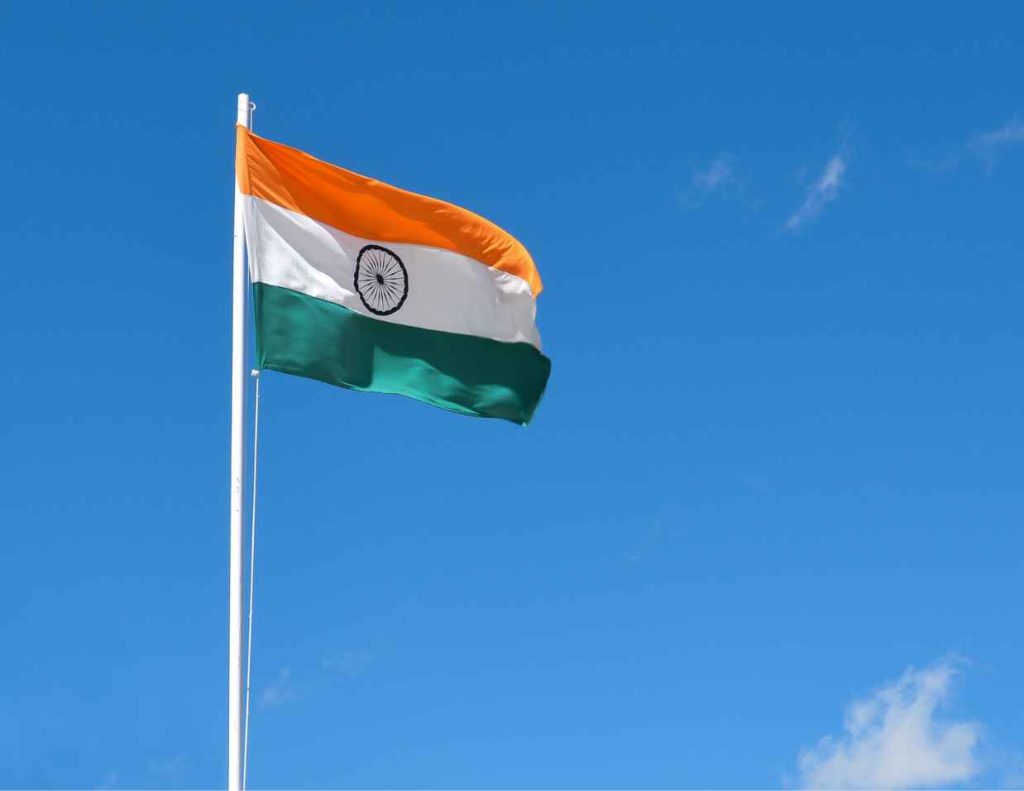Higher Education System In India Promises Growth

Higher education forms the backbone of any nation’s economy and is pivotal for its socio-economic development. In India, a country with a rich academic history, the higher education system has experienced substantial growth over the last few decades.
India boasts one of the largest higher education systems in the world, with over 1000 universities and 40,000 colleges. The system caters to a broad spectrum of disciplines, including but not limited to engineering, medicine, science, arts, commerce, law, and social studies.
Central and state governments, private institutions, and foreign collaborations largely govern the higher education landscape. The University Grants Commission (UGC) regulates public and private universities. At the same time, bodies like the All India Council for Technical Education (AICTE) and the Medical Council of India (MCI) oversee technical and medical education, respectively.
Policies Promoting The Higher Education System
India has seen an increase in its Gross Enrollment Ratio (GER) in higher education, reflecting improved access. Since taking office, Prime Minister Narendra Modi’s government has undertaken several initiatives to improve and reform India’s education sector, including higher education, to make education more accessible and relevant to the country’s needs.
National Education Policy (NEP) 2020: Perhaps the most significant initiative in the education sector, the NEP 2020 aims to overhaul the education system in India. It has proposed several progressive changes, like introducing a 5+3+3+4 curricular structure to replace the 10+2 structure, focusing on early childhood care and Education (ECCE), and integrating vocational education from class 6 onwards. The policy also aims to increase the Gross Enrolment Ratio (GER) in higher education to 50% by 2035 and improve the quality of education, making it more holistic and multidisciplinary.
Atal Tinkering Labs: Under the Atal Innovation Mission, the government established Atal Tinkering Labs in schools nationwide to promote a culture of innovation and entrepreneurship among students. The labs provide students with opportunities to work with tools and equipment to understand concepts in Science, Technology, Engineering, and Mathematics (STEM).

DIKSHA Platform: The government launched the DIKSHA platform to provide teachers with digital resources for teaching, training, and assessments. The platform aims to leverage technology to create an engaging and interactive learning experience for students.
SWAYAM: Study Webs of Active Learning for Young Aspiring Minds (SWAYAM) is an integrated online course platform covering school education (9-12) to the postgraduate level. It aims to ensure that every student benefits from the knowledge of India’s most gifted teachers.
National Institutional Ranking Framework (NIRF): To create a competitive environment in higher educational institutions, the government launched the NIRF. It ranks Indian institutions across several parameters, promoting a quality culture in the education sector.
Rashtriya Uchchatar Shiksha Abhiyan (RUSA): RUSA aims to improve the quality of Higher Education in India by promoting autonomy and improving the quality of academic and governance reforms.
National Digital Library: The government created a large online library with resources covering various subjects in multiple languages, providing a huge database for students and enthusiasts nationwide.
Samagra Shiksha Scheme: This scheme aims to ensure inclusive and equitable quality education from pre-school to senior secondary stage in accordance with the Sustainable Development Goal (SDG) for education.
Higher education is critical for India’s aspirations to become a knowledge economy and a global leader. While the journey is fraught with challenges, addressing them systematically can help unlock enormous potential. With the right mix of reforms and a sustained focus on quality, equity, and innovation, India’s higher education system can shape the country’s future and make significant contributions to global knowledge and innovation.
